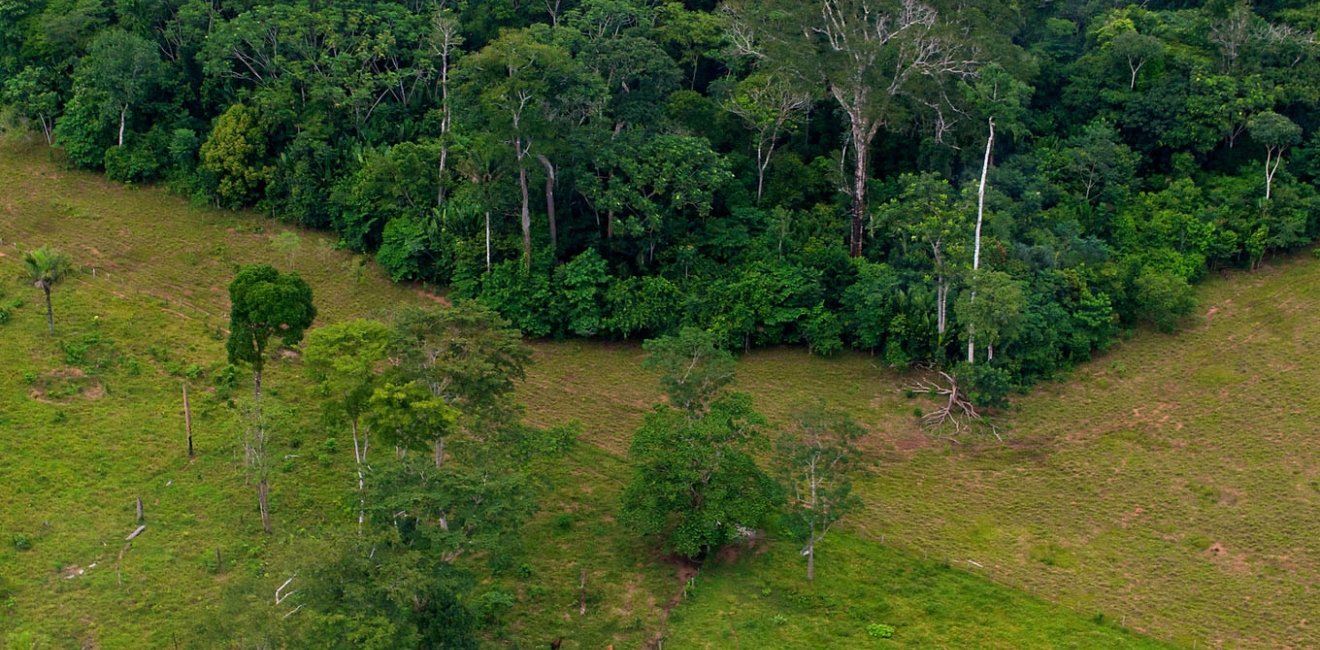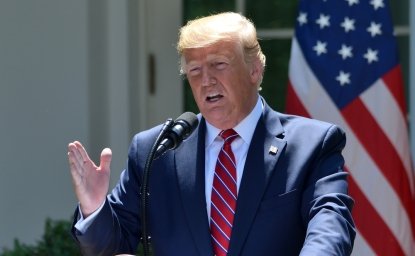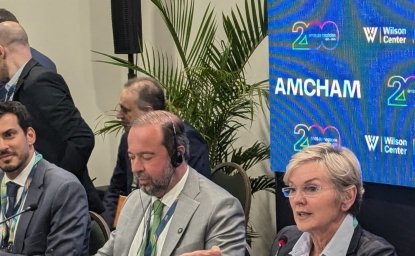
A blog of the Brazil Institute

It was straight out of the Book of Job. In the midst of the Great Depression of the 1930s, some unknown and unaware farmer in the American Middle West cut some trees that tipped the center of the North American continent into an environmental plague: The Dust Bowl. Gigantic dust storms dominated the Plains and crippled its agriculture for years. Only massive tree planting, the creation of a major government program called the Civilian Conservation Corps, and better plowing and planting were able to bring back American agriculture to what it is today.
The Amazon and Brazil stand at the brink of a similar system breakdown today. The difference is that the risk is scientifically understood and widely acknowledged. It is based on elegant Brazilian science first carried out by Eneas Salati in the 1970s that showed the Amazon makes half its own rainfall through rain evaporating off the complex surfaces of the forest and transpiring through the leaves. The moisture in the moving air mass falls as rain and repeats the process as it moves westward. Again and again. This was in fact some of the most important science in the twentieth century: rather than vegetation simply being the consequence of climate it demonstrated that vegetation affects the climate.
From the outset it raised the question of how much deforestation would cause that hydrological cycle to erode to reveal a tipping point to Amazon dieback. Today we now know that in addition to deforestation the widespread use of fire and climate change are all pushing the Amazon system toward that tipping point.
It is hard to give a precise estimate as to where that tipping point is but those of us who follow this science think it is probably around 20 percent deforestation. Everyone agrees that there is no sense in discovering it by tipping it. More worrisome, the historic droughts of 2005 and 2010 are probably first flickerings indicating that it is close. The Amazon is not a closed system. It is a flywheel of continental climate responsible for rainfall not just in Mato Grosso but also as far as southern Argentina. It is likely that Amazon deforestation contributed in some part to the great Sao Paulo drought.
The difference between the dust bowl and today is that we understand the Amazon system and are not oblivious to the reality that just one more increment of deforestation can push it over the edge. In fact the only sensible approach is to build back a margin of safety through reforestation. Humanity time and again feels comfortable about moving right up to the very limit and then is surprised when some small additional factor pushes the system over the edge.
At the moment vested interests in Para are advancing legislation to downgrade existing national protected areas. Last week the Senate ratified two provisional measures which reduce conservation areas in Amazonia.
One of the great advantages about human progress is deepening understanding of the importance of environment, how it works and how it can be managed with prudence for human benefit. That requires understanding that not only does nature work in systems but also that it is collectively by far the most complex system in the universe brimming with biological solutions with enormous human benefit. This is a moment for leadership.
To read the original article published in Portuguese on Folha de S. Paulo, click here.
Image by Kate Evans for the Center for International Forestry Research (CIFOR)/Flickr.
Author

Explore More in Brazil Builds
Browse Brazil Builds
They're Still Here: Brazil's unfinished reckoning with military impunity


